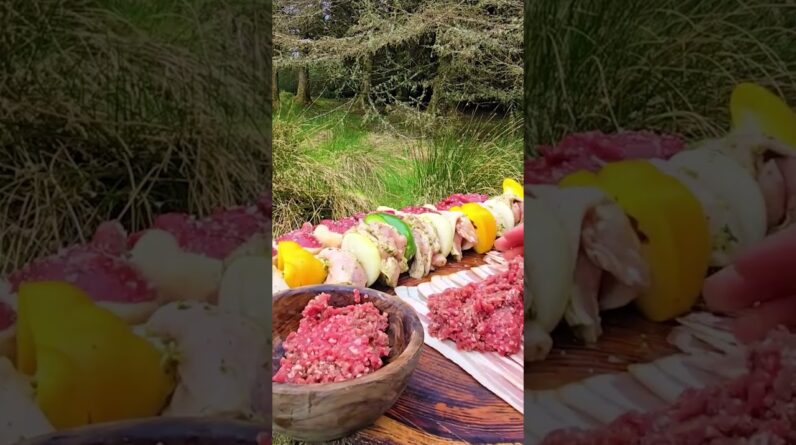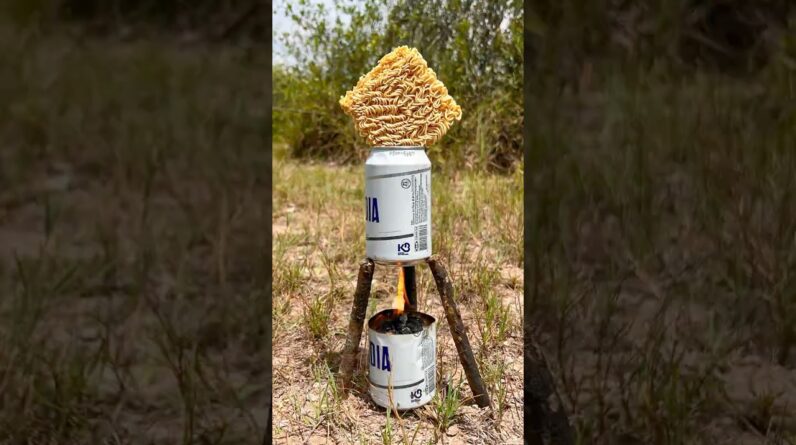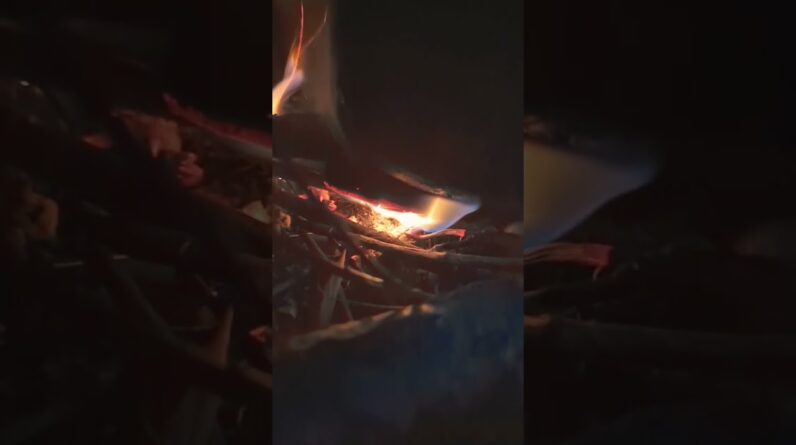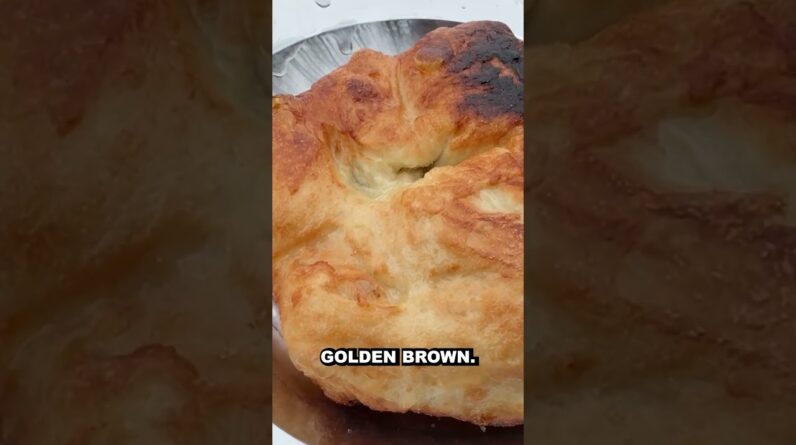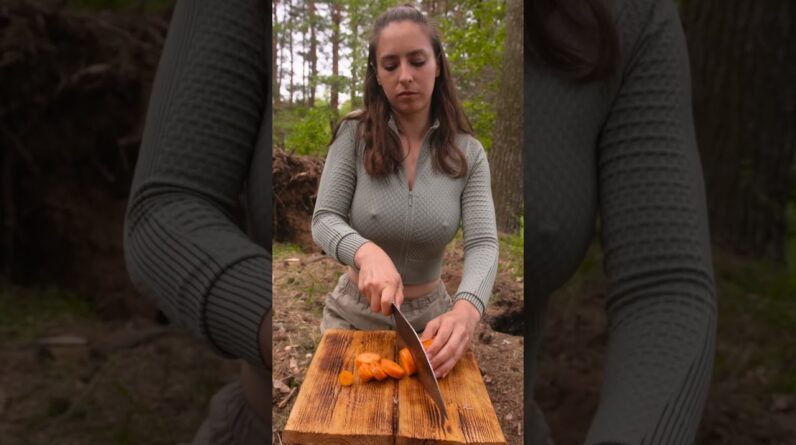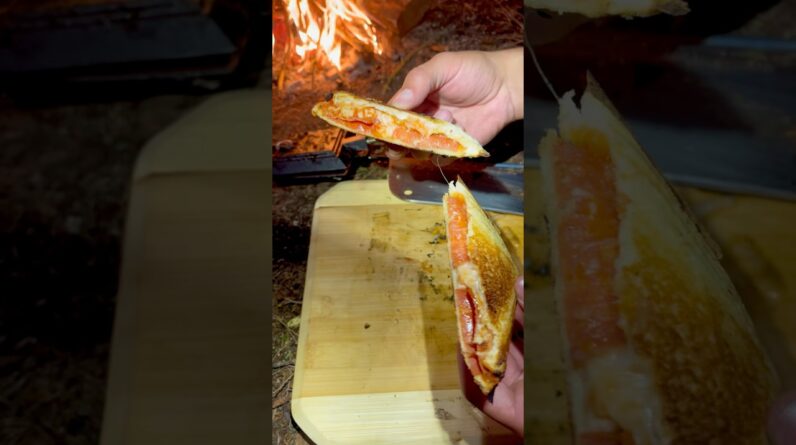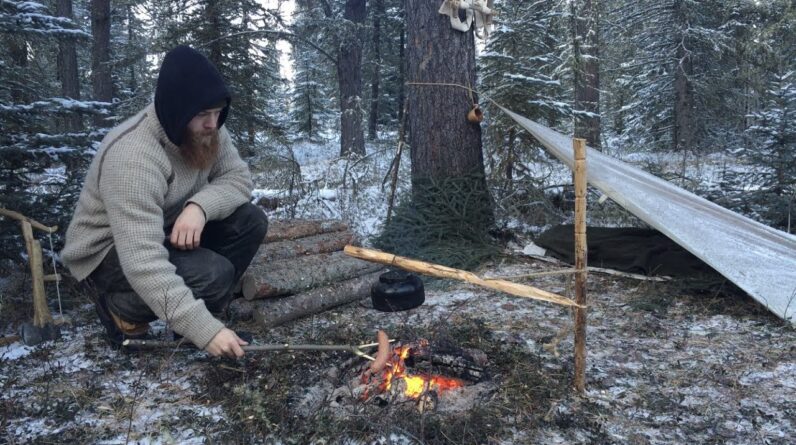
I spend a night camping in the northern part of Alberta, Canada.
The purpose of this trip was to scout out a new area for me to camp. After spending hours hiking, I decided it was time to set up my camp for the night.
I chose a flat area under a large pine tree, set up a plow point tarp shelter, and stayed warm and dry for the night.
Thank you so much for watching. Please feel free to leave your comments and questions below.
Trip temperatures:
High (day): -8 degrees Celsius (17.6 degrees Fahrenheit)
Low (night): -17 degrees Celsius (1.4 degrees Fahrenheit)
FAQ:
Where was this filmed?
Alberta, Canada
Is there dangerous wildlife in this area?
Yes. In this area there is grizzly bears, black bears, mountain lions, wolves, and coyotes.
Do I carry anything to protect myself from these wild animals?
In the warmer months of the year I usually carry bear spray. In these colder temperatures bear spray would freeze, so during all my winter and cold weather trips I do not carry any protection.
Have you ever been attacked by a wild animal while camping?
No. Wild animals are usually very timid towards humans, and tend to leave us alone.
What is the sheet I laid on the ground to sleep on?
A gum blanket. It is a canvas sheet that is rubberized on one side to act as a moisture barrier between myself and the ground.
What did my bedroll include?
Two 100% queen size wool blankets (brand unknown), and a foam sleep pad (for insulation between me and the ground).
Did I get cold on this trip?
No. I layered my clothing (wore 4 layers over my upper body, and three layers on my legs), wore warm boots (Sorel 1964 CVS), drank lots of hot liquids, and kept my fire well stoked.
How did my fire stay going all night?
I woke up 3 times throughout the night to add more wood to the fire.
Why did I cut down a tree for firewood?
The tree I cut was a dead-standing pine tree. Dead-standing wood tends to be a lot drier than downed wood and makes for far superior firewood.
Removing these dead-standing trees promotes new growth within the forest. It opens up space for new plants to grow and allows for more sunlight to reach the forest floor.
Why bother lighting the candle-lantern at night when the fire is so bright?
The fire is only that bright during the shots that I film so that my camera can see what I am doing. I achieve such a bright fire by adding a bundle of small dead twigs to the fire. This bright firelight only lasts for about 2-3 minutes. The candle light is bright enough for me to carve next to, and all of the off-camera carving was done using the candle light.
What did I eat?
For a snack on the first day, I ate my mother’s legendary homemade antipasto on top of crackers. (Special thank you to my mom for such a delicious treat!)
For supper I cooked a sausage and made a toasted sausage sandwich.
For breakfast I had a thin cut of beef and an egg, both seasoned with salt, pepper, and seasoning salt.
What was the spoon carved out of?
Jack Pine
Is snow safe to melt and drink?
In this area, yes. It is a very remote location and there’s no pollution to worry about. I still bring the melted snow to a boil because it’s best to drink liquids hot when it’s that cold out (to keep your body temperature up).
What was I drinking?
Melted snow (water), spruce needle tea, and black tea.
How did my egg not freeze?
I kept my egg under my wool blankets during the day, and checked on it frequently to make sure it wasn’t getting too cold. If I thought it was getting to cold, I simply warmed it up next to the fire the placed it back under my wool blankets. During the night I placed the egg inside one of my mittens and slept with it under my blankets.
What knife did I use?
Helle Sigmund and a Mora spoon knife.
Where did I have my food in my pack?
The meat was inside my cook kit and the bread and crackers were inside my tea kettle.


